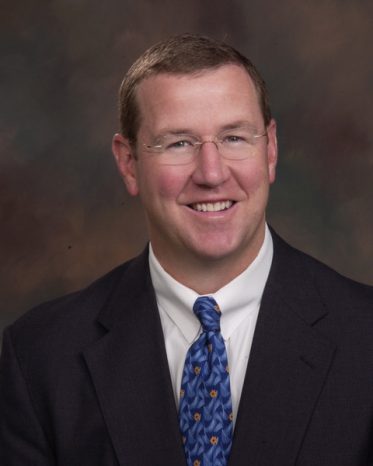Are stem cells harvested from fat the future?
Professor Claude Moorman uses a long needle to inject tumescent solution into his patient’s abdomen before agitating the tissue with tiny karate chops. The solution liquidates the fat under the skin enabling him to suck it out using a liposuction catheter. He passes the fat to technicians working at a table behind him and begins an arthroscopy (keyhole surgery) on his patient’s arthritic shoulder.
While he cleans out the joint and releases some of the scar tissue, the technicians rinse the fat with saline to remove impurities and shake it vigorously in a cylinder full of ball bearings to isolate the most active stem cells. Professor Moorman then completes the procedure by injecting the stem cells into his patient’s shoulder using his arthroscope to make sure they hit precisely the right spot.
This process of extracting stem cells from fat and injecting them into arthritic joints is now routine at Duke University in North Carolina where Professor Moorman is Director of Sports Medicine. Patients with milder arthritis are injected with stem cells without the accompanying surgery.
“Here at Duke we’re trying to study this with the usual amount of scepticism you have in an academic medical centre,” Professor Moorman told our reporter. “We’ve come to believe that fat-derived cell therapy probably has some advantages over bone marrow.”

Professor Moorman described the procedure at a recent meeting of orthopaedic surgeons organised by the Arthroscopy Association of North America (AANA) in Chicago, Illinois.
“It was exciting to see a presentation at the prestigious AANA from a leading orthopaedic surgeon who is using fat-derived stem cells in his work,” said our principal Mr Simon Moyes, who attended the event. “We are already treating patients with stem cells extracted from bone marrow but we have always known that fat-derived cells are more powerful.”
Fat yields ten times more stem cells than bone marrow, Professor Moorman said. He added: “The second major advantage is that over the ageing process you lose active cells in bone marrow but with fat the number of activated cells stays steady throughout a lifetime – an 80-year-old’s fat is just as good as a 20-year-old’s. The third advantage where I am is we have people who eat a lot of BBQ and biscuits and they have plenty of adipose tissue!”
However, slim patients can be more challenging. “Usually you can harvest from the love handles but occasionally you have to roll patients over and get it from the gluteal area,” he said.
Although liposuction is used to extract the fat, the amount harvested is generally not enough to have a cosmetic effect. The process can also cause pain and bruising.
In the UK orthopaedic surgeons use stem cells from bone marrow mainly because they are more accustomed to working with bones than fat.
